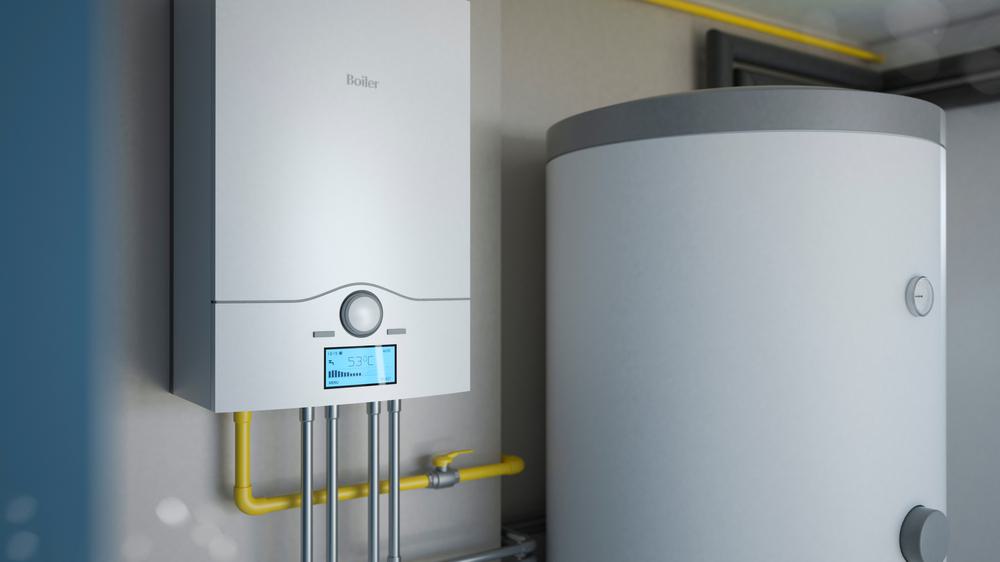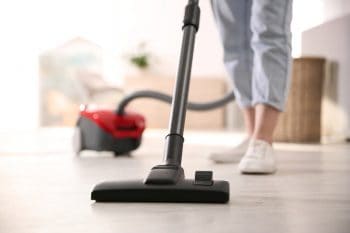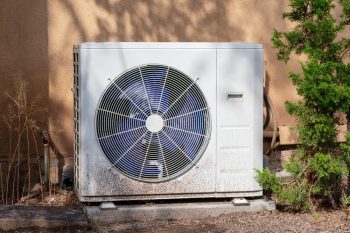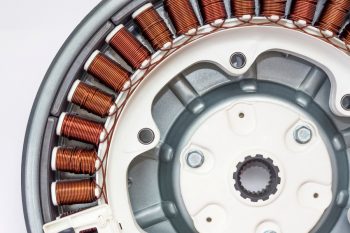
A water heater thermostat is an essential component that controls the temperature of the water in your tank. If it malfunctions, it can lead to issues such as no hot water, not enough hot water, or water that is too hot. This guide will walk you through the steps to test your water heater thermostat, helping you diagnose and resolve any potential issues.
To test a water heater thermostat, first turn off the power to the heater at the circuit breaker. Next, remove the upper and lower thermostat access panels on the water heater. Test the upper thermostat by turning it to its maximum temperature setting and using a multimeter on RX1 to check for a reading of 0. Repeat the process with the lower thermostat. If you get a reading other than 0, the thermostat is faulty and needs to be replaced. Always remember to prioritize safety during this process.
Identifying the Need for Testing
Before you begin testing, it’s important to identify the signs that your water heater thermostat might need testing. Here are a few indications:
- No hot water
- Not enough hot water
- Slow hot water recovery
- Water is too hot
- The high limit switch keeps tripping
If you notice any of these signs, it’s time to test your water heater thermostat.
Necessary Tools and Equipment
To test a water heater thermostat, you will need the following tools and equipment:
- Digital multimeter
- Phillips screwdriver or flathead screwdriver (depending on the type of screws in your water heater)
Steps to Conduct a Water Heater Thermostat Test
Safety first: Before you start, make sure to switch off the power to the water heater at the circuit breaker.
Follow these steps to conduct a water heater thermostat test:
- Remove access panels: Use a screwdriver to remove the upper and lower thermostat access panels on the water heater.
- Move insulation: Fold the insulation out of the way and secure it temporarily with tape.
- Test the upper thermostat: Turn the upper thermostat to its maximum temperature setting. Use your multimeter on RX1 and place one probe on the bottom left terminal and the other probe on terminal screw #1 just above the #2 terminal. You should get a reading of 0. If not, the thermostat is faulty.
- Test the lower thermostat: Turn the upper thermostat off and the lower thermostat to its maximum temperature setting. Place a multimeter probe on each of the terminal screws. You should get a reading of 0. If not, the thermostat is faulty.
- Restore the settings: Adjust the thermostat temperatures back to normal, replace the insulation, and screw the panels back on.
If you find a faulty thermostat during the test, you will need to replace it to resolve the issue with your water heater.
Interpreting the Results
A reading of 0 on your multimeter during the test indicates that the thermostat is functioning correctly. If you get any other reading, your thermostat may be faulty and need replacement.
Safety Concerns and Risks
Testing a water heater thermostat comes with potential risks and safety concerns. These include:
- Electric shock: Always turn off the power to your hot water heater at the circuit breaker before testing the thermostat.
- Burns: If the water heater is malfunctioning and producing excessively hot water, there is a risk of burns or scalds when handling the thermostat or other components.
- Property damage: If the thermostat is not functioning correctly, it can lead to overheating, which may cause damage to the water heater or surrounding property.
- Incorrect diagnosis: If you are not familiar with the inner workings of a water heater, you may misdiagnose the issue, leading to unnecessary repairs or replacements.
To minimize these risks, always prioritize safety, follow the manufacturer’s guidelines, and consult with professionals if unsure.
Repair or Replacement Options
If your thermostat is defective, you have two main options: repair or replace.
Minor issues may be resolved by changing the batteries (if the thermostat is battery-powered), cleaning the thermostat, checking and tightening any loose wiring connections, or recalibrating the thermostat.
However, if the thermostat is beyond repair or if it’s an older model that’s no longer efficient, you may need to replace it with a new one.
Preventative Measures
Regular maintenance and monitoring of your water heater can help prolong its lifespan and ensure optimal performance. This includes adjusting the thermostat to the recommended range, insulating the pipes and heater, performing regular maintenance, monitoring and adjusting thermostat settings, installing a timer, using less hot water, and upgrading to a more energy-efficient water heater if necessary.
By following these tips, you can maintain the efficiency of your water heater thermostat and reduce the need for testing or replacement.
Conclusion
Testing your water heater thermostat is a crucial step in diagnosing any issues with your water heater. By following the steps outlined in this guide, you can ensure that your thermostat is functioning correctly and maintain the efficiency of your water heater. Remember to always prioritize safety and consult with a professional if you encounter any issues or uncertainties.
Frequently Asked Questions
What kind of multimeter should I use for testing the thermostat?
Any digital multimeter should work for testing the thermostat. It should have an RX1 setting, which is used for testing the continuity of the thermostat.
How often should I test my water heater thermostat?
There’s no fixed schedule for testing your water heater thermostat. However, it’s a good idea to test it whenever you notice any of the signs mentioned in the blog post. These include no hot water, not enough hot water, slow hot water recovery, water that’s too hot, or the high limit switch keeps tripping.
What is the recommended temperature range for a water heater thermostat?
The U.S. Department of Energy recommends setting your water heater thermostat to 120 degrees Fahrenheit for most households. This temperature is a good balance between energy efficiency and reducing the risk of scalding.
Can I do the testing and replacement myself?
Yes, if you’re comfortable with electrical work and have the necessary tools, you can test and replace the thermostat yourself. However, if you’re unsure or uncomfortable, it’s best to hire a professional plumber or electrician to do the job.
What are the signs of a faulty thermostat?
Signs of a faulty thermostat include no hot water, not enough hot water, excessively hot water, slow hot water recovery, or a high limit switch that keeps tripping. If you notice any of these signs, it’s a good idea to test your thermostat.












